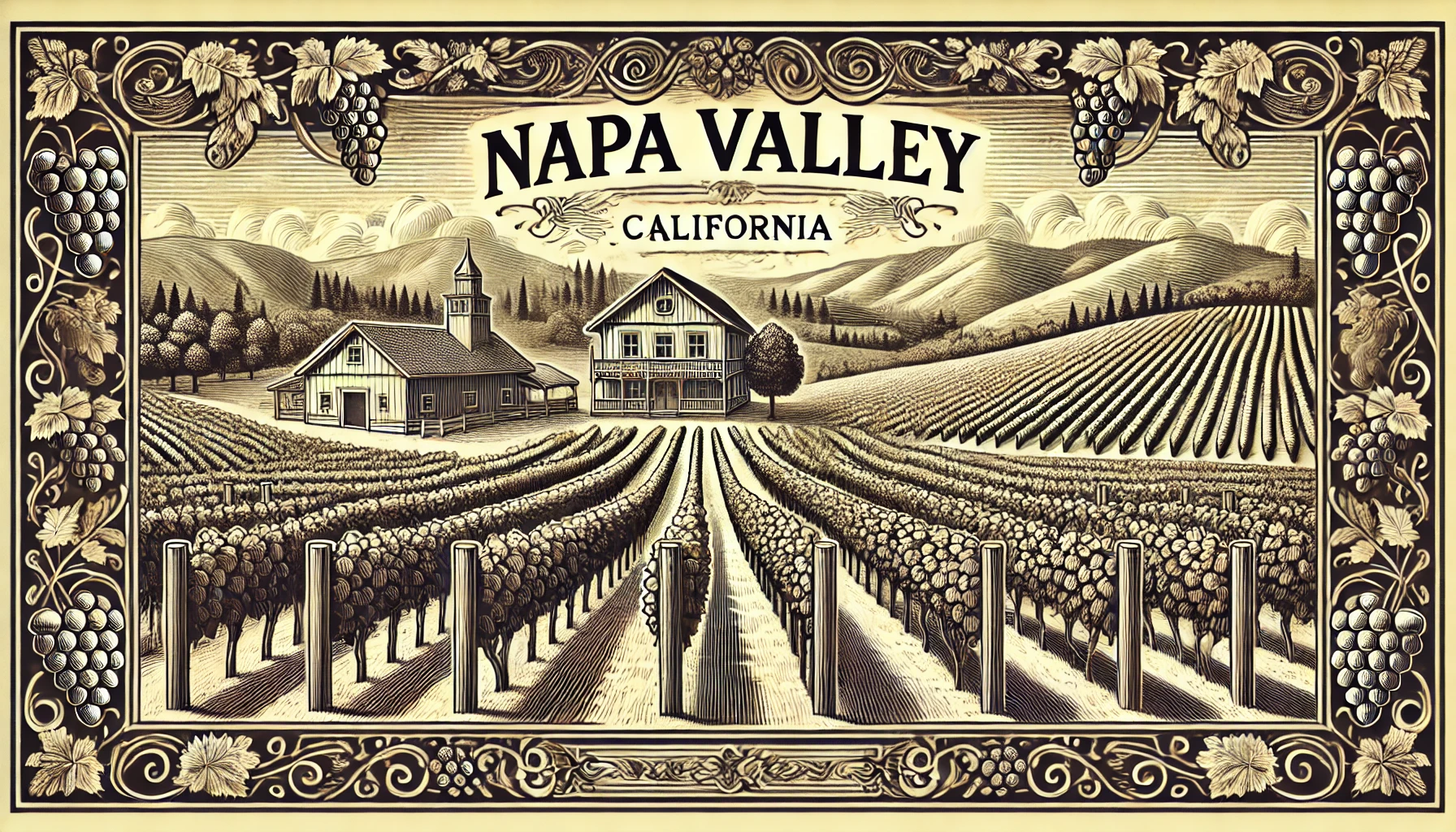
Napa Valley is a world-renowned wine region in California, USA. It sits about 50 miles north of San Francisco. The region is famous for producing top-tier wines, especially Cabernet Sauvignon. Napa Valley’s winemaking roots date back to the 19th century, but it gained international fame in 1976. That year, the Judgment of Paris put Napa on the map. During this event, Napa wines beat French wines in a blind tasting, shocking the wine world.
Napa Valley has diverse microclimates and soil types, making it ideal for growing many grape varieties. Cabernet Sauvignon is the star, but Napa also produces excellent Chardonnay, Merlot, and Pinot Noir. The region’s warm days and cool nights help grapes ripen fully while maintaining acidity. This climate balance results in rich, flavorful wines.
The valley stretches for about 30 miles and includes many sub-regions, known as AVAs (American Viticultural Areas). Each AVA has its own unique climate and soil. Popular AVAs include Stags Leap District, Rutherford, and Oakville. These areas produce some of the valley’s most celebrated wines.
Napa Valley attracts millions of tourists each year. Visitors come to experience wine tastings, tours, and luxury accommodations. Many wineries in the area practice sustainable or organic farming, focusing on quality and environmental care. This commitment to excellence has made Napa Valley a global leader in wine tourism.
Today, Napa Valley remains a major player in the wine industry. Its wines receive high scores and critical acclaim from experts around the world. The region’s dedication to quality and innovation ensures that Napa will continue to be a top destination for wine lovers.
Curious about more wine terms and insights? Visit our Wine Wiki section and explore the basic wine terms for expert definitions and tips!